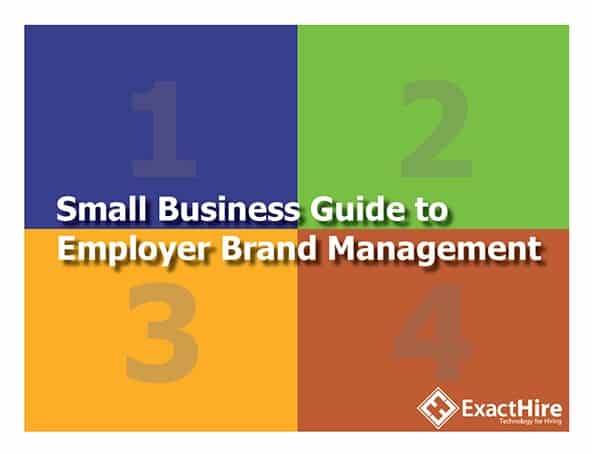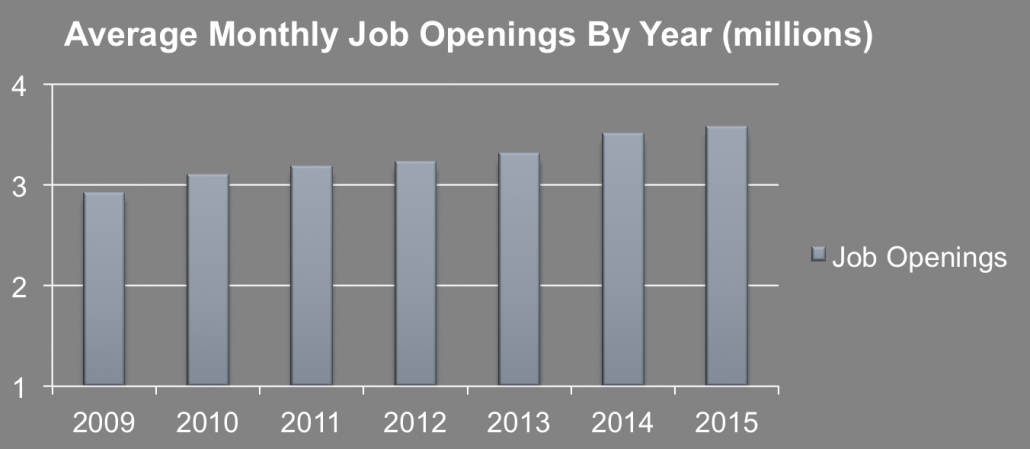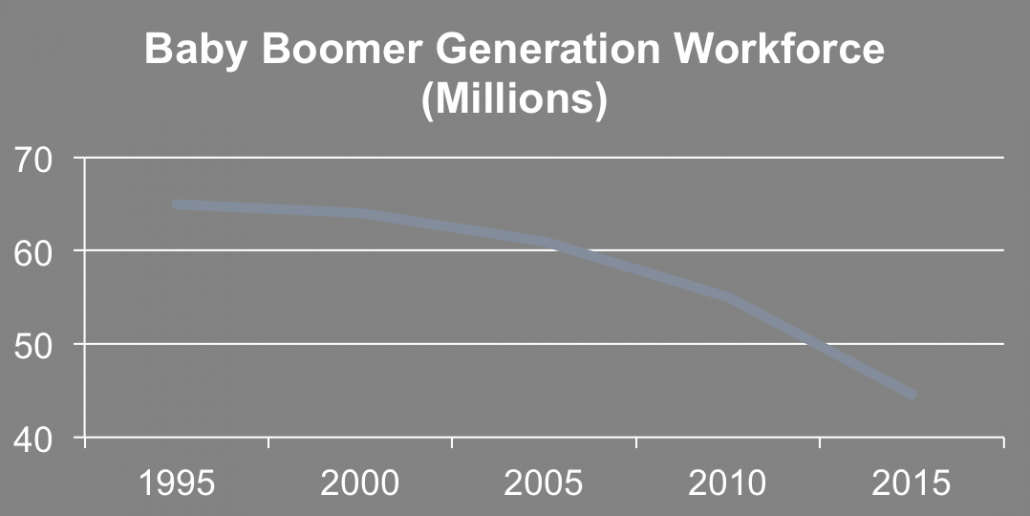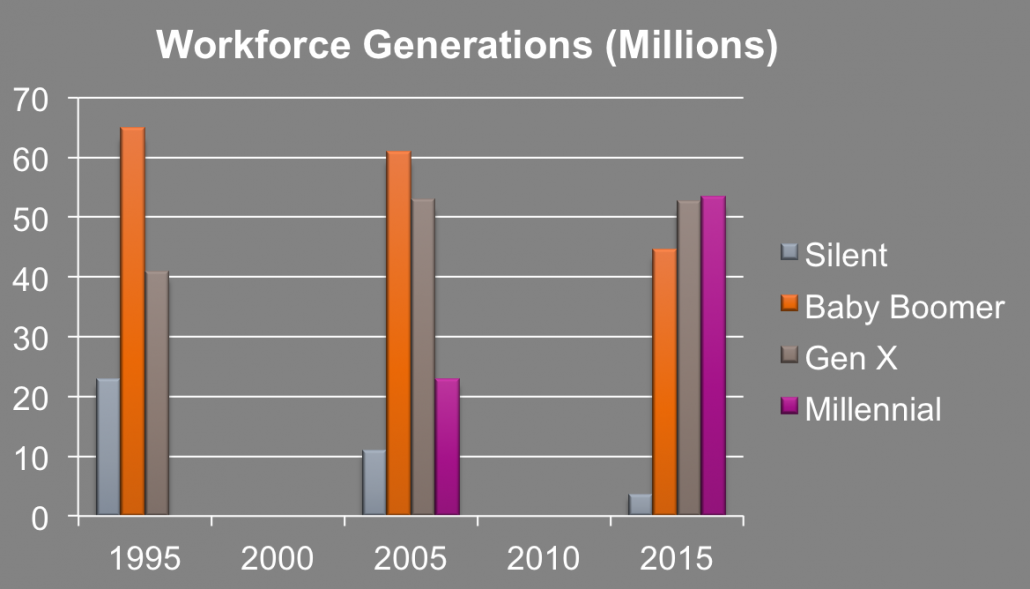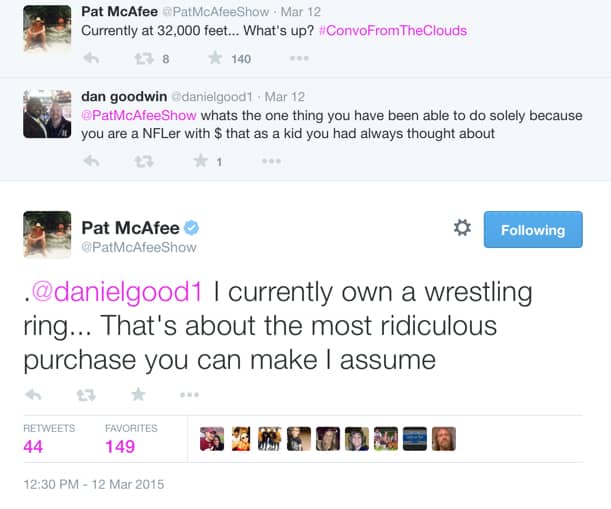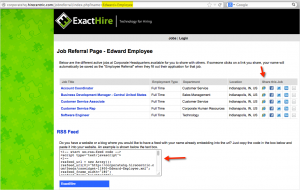Mobile Recruiting Strategy Fails – When Your Organization Isn’t Prepared
You built a mobile recruiting presence, the applicants came…but then your organization wasn’t ready. Or, maybe you’re well on your way toward social recruiting Shangri La and you sense that a few hiring managers may be late to the party. In this blog, I’ll review five mobile recruiting strategy fails encountered when a business is not prepared in the hopes that you can avoid the same mistakes.
1 – Failure To Get Buy In
Even if you’ve already put a few mobile-friendly recruiting elements into play, or if you continue to evolve your social media content calendar to include career-related advice, you will still struggle if the rest of the team at your company isn’t prepared to buy into and participate in the new talent acquisition model. Start by educating them with statistics that paint a picture of this trend–no, this new way of doing business–to get their attention.
According to a 2015 survey by SHRM, 65% of employer respondents indicated they had sourced candidates from social media in the past year. And if it’s not your organization regularly leveraging the power of professional networking sites like LinkedIn or career community-focused networks like Beyond.com, then you can bet your competitors are.
Skilled workers who are willing and able to participate in the workforce aren’t as easy to come by these days. For example, in October 2015, recruiting difficulty reached a four year high for the 19th consecutive month according to SHRM’s Leading Indicators of National Employment (LINE) Report. Your organization must utilize the latest resources available in order to grab its share of scarce talent.
2 – Failure To Be Candidate-Centric
Remember when Tom Hanks’ character told Meg Ryan’s character that she needed to take it “to the mattresses” to save her business in the movie You’ve Got Mail? As you may recall, the dialogue was actually a reference to the famed Godfather; however, I like to mention the former, more recent movie because it represented how (at the time) email was a revolution in the dating game. It changed the face of courtship forever.
So now has social media and the proliferation of smartphones and tablets forced the evolution of talent acquisition. Take it to the mattresses. Be candidate-centric…maybe not in the same context that a staffing agency might because you have to fill a specific job rather than amass resumes for the future, but in a way that empowers your company to find the candidates where they are…on the networks and devices they are using. Don’t make it difficult for candidates to research your company online; and do make it easy for them to share jobs and positive career-related content on social networks when they want to chat with their peers about what they heard about working at your organization.
3 – Failure To Know Your Candidate Personas
If you fail to identify your target applicant audience across various job categories, then you will miss the mark when it comes to selecting specific social networks, mobile job posting apps and even customizing the applicant interface for your jobs portal to optimize your user experience (UX).
And while the thought that “mobile is coming” often conjures images of my favorite Stark family characters warning that “winter is coming” along with an onslaught of white-walkers in the binge watch-worthy Game of Thrones, the extent to which your organization needs to plan out its mobile and social strategy is dependent on the types of jobs you offer and the demographics and preferences of the top talent filling those positions. According to a 2015 Pew Research Center Report on U.S. smartphone use, it is lower income smartphone owners who are the most likely to use a phone during a job search.
In fact, according to the report, “compared with smartphone owners from households earning $75,000 or more per year, those from households earning less than $30,000 annually are nearly twice as likely to use a smartphone to look for information about a job — and more than four times as likely to use their phone to actually submit a job application.” So ask yourself what percentage of your recruiting efforts focus on that population and then take appropriate action.
This insight doesn’t mean you can rest on your laurels if you manage HR at a professional office setting with higher income levels such as a physicians group or an engineering firm. Mobile is coming and the statistics on usage in the job seeker space will continue to climb across all income brackets.
4 – Failure to Communicate Internally
In your haste to reach out to candidates in their own space and ensure that your applicant tracking system is mobile responsive, did you miss explaining the consequences a more savvy candidate hiring experience will have on your internal stakeholders? If you’re not catching my drift, think about whether the following comments elicit a grin…or a chagrin.
- Have you engaged hiring managers in the process of revamping your recruiting process? If not, then the shorter, concise job descriptions you may want to use may irritate them since they don’t understand why you are condensing details about their department’s opportunity. (The answer of course would be due to the shorter attention spans and impatient click behavior indicative especially of mobile job viewers).
- Ever since social media has inserted itself into the selection process, the next generation of candidates who used to place phone calls to hiring managers and HR staff are now inviting employers to connect on social media; or, they are simply tweeting at your organization’s Twitter handle with specific job questions. With this increase in inbound activity comes the heightened responsibility for employer representatives to be ready to respond in the same manner solicited. And, for your organization to have documented policies on how you handle social media inquiries (using the best hashtags BTW) and candidate social screening.
- Have you documented details on which social platforms and external job boards you use to post which types of positions? After all, what works for attracting manufacturing-minded machinists will probably fail miserably at securing interest from content marketers.
- Have you discussed how to approach scenarios in which you may need to privately source talent for a position that is not yet open? If individuals in management but outside of recruiting are involved, a lack of coaching to show constraint when it comes to covertly posting future jobs can spell disaster for many…especially the existing employee who has not yet received the termination memo.
5 – Failure To Enable A Talent-Focused Culture
When was the last time you paid a placement fee to an external recruiter? Not something you want to do for every open position, huh? While there is certainly a time and a place for such engagements, in the meantime you should be focused on maximizing awareness for your job opportunities via in-house resources. The right approach starts with making sure that your existing employees, vendors, clients, alumni and friends know about the amazing roles available with your organization. The best approach kicks it up a notch (like Emeril) and incentivizes crowdsourcing behavior with a socially savvy employee referral program.
Make it easy for individuals to share your job listings with their networks using a unique permalink (URL address with an individual identifier) that tracks their referral activity and rewards them when their candidates are hired. Then, when it comes to amplifying the reach of your latest career-related content, share examples of suggested wording for social posts so that your co-workers can quickly copy and paste to spread your message (for ex., if they are outside of human resources and don’t necessarily want to spend time/thought on crafting their own version of a message). Also, consider whether any rigid social media policies or limited access to certain websites will limit your long-term hiring objectives by handcuffing your employees’ talent-focused social behavior.
This is the first post in a series of blogs about mobile recruiting fails. Stay tuned for the next post which will examine what happens when the technical aspects of your mobile-friendly recruiting experience don’t align with the rest of your hiring process.
ExactHire’s HireCentric applicant tracking system is a mobile responsive software application for your job posting and recruiting needs. Contact us for details today.
Image credit: FAIL Stamp ![]() by Hans Gerwitz (contact)
by Hans Gerwitz (contact)

